The Mekong Delta has diverse potentials, especially in inland waterway navigation. Instead of playing an important role in road traffic load reduction and in connection, it has long been “forgotten” due to lack of vision and methodical investment.
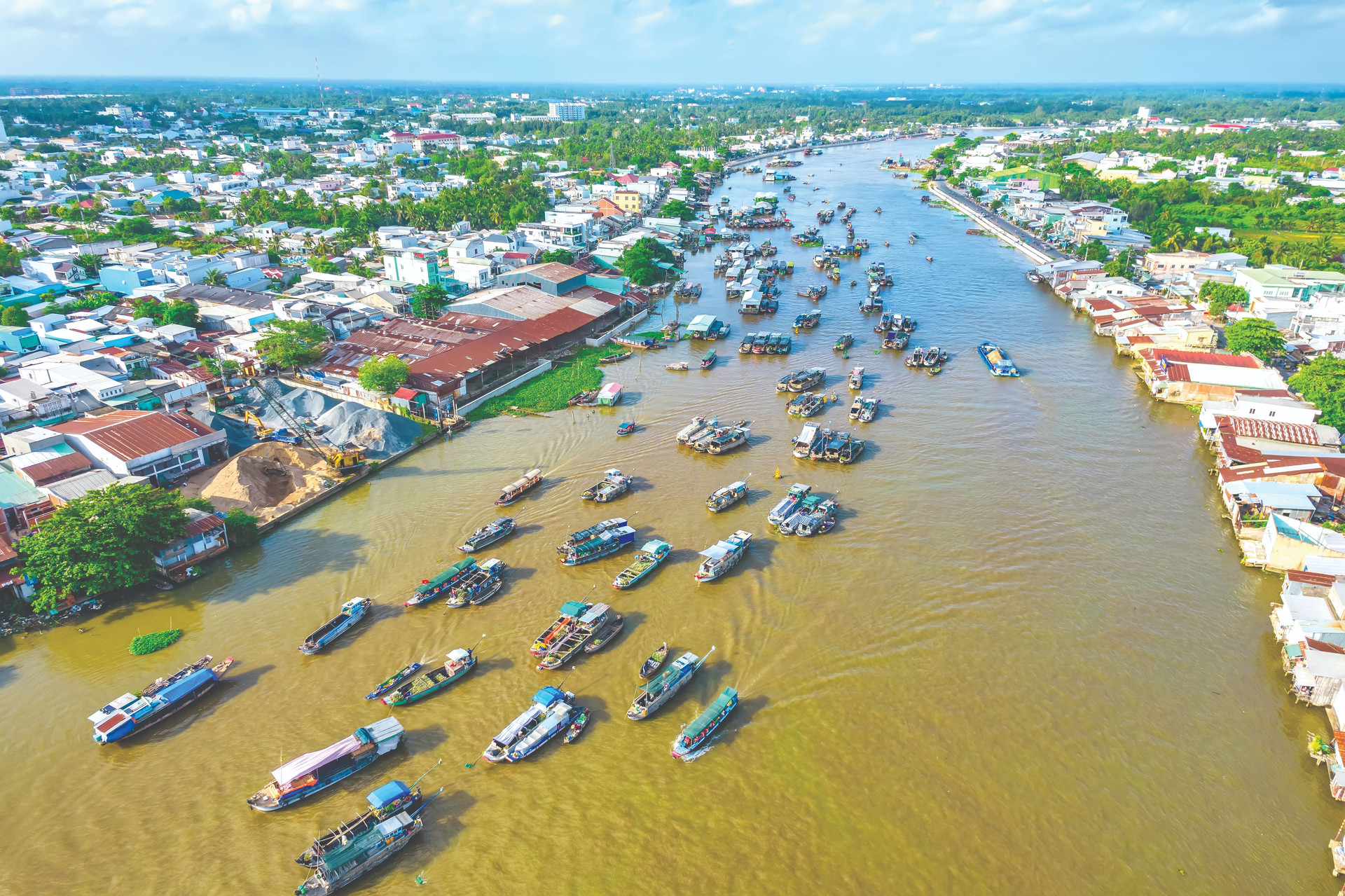
Former Director of the Vietnam Maritime Administration, PhD. Chu Quang Thu once assessed that when realizing that the Mekong River Delta system not only has an inland waterway transport channel but also a maritime channel. It can conveniently connect not only economic centers in the South but also countries in the region. Regrettably, we are wasting it in an unacceptable way.
According to the Southern Sub-Department of Inland Waterways (Vietnam IWT Administration, Ministry of Transport), large tonnage waterway transport vessels of 5,000 tons can travel on Tien River or Hau River but they cannot reach the sea due to Dinh An Estuary and Tien River mouth all sedimented. In addition, to travel between Tien and Hau River, only Vam Nao River (An Giang) has been used by the transport sector as the main navigation way, causing vessels from downstream to travel quite far. Meanwhile, Cho Gao Cannel connecting Tien River with Tan Cang- Cat Lai Port Cluster (HCMC), Cai Mep- Thi Vai (BR-VT) is only suitable for vessels of 2,000 tons traveling in time of low tide and is about to be overloaded.
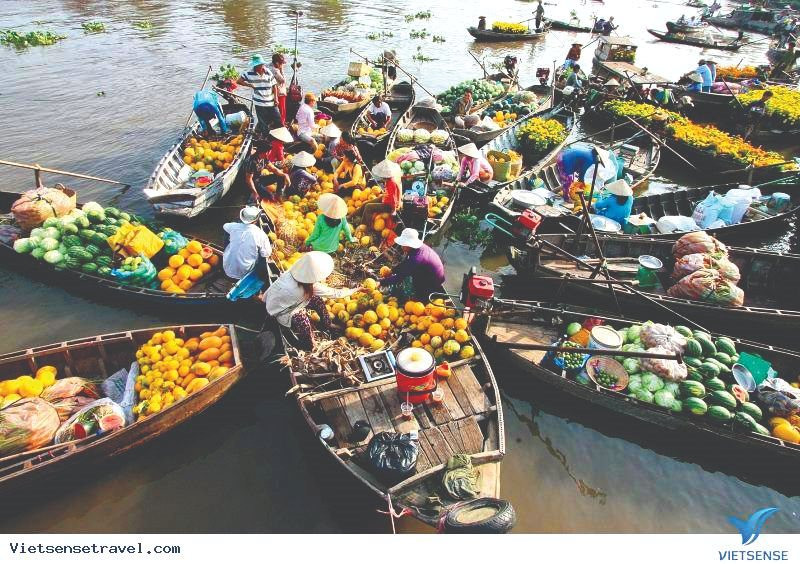
According to statistics, the Mekong Delta has more than 2,500 domestic ports, but most of them are not well connected to the road system; there is no warehouse infrastructure, loading and unloading facilities suitable for receiving and transporting goods by container. Thus, Vietnam’s inland waterway traffic is currently weak in terms of river ports, IDCs, and inland-waterway- transport fleets.
Unfortunately, investment in transport infrastructure has long been focused on roads. The investment budget in the water transport sector decreased from 2-3% of the total transport investment budget in the 2011-2015 period to only 1.2% in the 2016-2020 period.
.jpeg)
There are also many inadequacies with the inland waterway system: there are many bridges with low navigational clearance as old Dong Nai Bridge (Dong Nai Province), Mang Thit and Tra On Bridges (Vinh Long). Large ships cannot go through them except when it is low tide.
According to VCCI’s 2022 Mekong Delta Annual Economic Report, the navigation way project for large ships entering the Hau River is expected to be completed and put into operation in 2018, receiving large ships from 10,000. - 20,000 tons offload. However, international container ships have not been able to travel due to shallow navigation way.
Provinces in the region still have no place to provide empty container depots for customers to pack agricultural products- the main products of the region- for export. The shortage of empty containers is becoming more and more serious, causing many enterprises to compete to pack containers right at the port, causing additional costs... Costs increase, prices increase, competition abilities decreases, regional competition abilities therefore reduces. It is estimated transportation costs account for 30% of the product costs.
Recently, Prime Minister Pham Minh Chinh signed Resolution no.78/NQ-CP promulgating the Government’s action plan to implement Resolution no.13-NQ/TW dated April 2, 2022 of the Politburo on Orientation for socio-economic development and assurance of national defense and security in the Mekong Delta until 2030, vision to 2045.
Regarding the main tasks and solutions, the Resolution emphasized “focusing on and well implementing the work of perfecting institutions and policies for development and promoting regional linkages” and “having rapid and sustainable development of the regional economy”.
For the inland waterway traffic of the Mekong Delta, the Resolution emphasizes that “focusing on investment in inland waterway infrastructure, in which focusing on connecting focal centers with the main waterway transport corridor of the region to develop clusters of cargo ports, passenger ports and a system of specialized ports for inland waterways”.
Recognizing the importance of logistics, some localities in the region have promoted and invested in building many logistics centers such as: Can Tho Air Logistics Center (at Can Tho airport) on the large scale of 50 hectares; Long An International Port Logistics Center and the Ben Luc Logistics and Logistics Service Center; in Hau Giang other logistics centers have been calling for investment ...
To promote the advantages of inland waterway transport in the Mekong Delta, according to experts, first of all, it is necessary to upgrade inland waterway transport routes connecting the Tien and Hau rivers through Mang Thit River (Vinh Long) and Muong Khai - Doc Phu Hien Canal. (Dong Thap), breaking the monopoly position of Vam Nao River, allowing barges carrying containers of 54-200 TEUs (TEU - unit of measurement for cargo capacity, equivalent to 1 20-foot container) to move to reduce container transshipment costs from the Mekong Delta to ports in the Southeast coastal region.
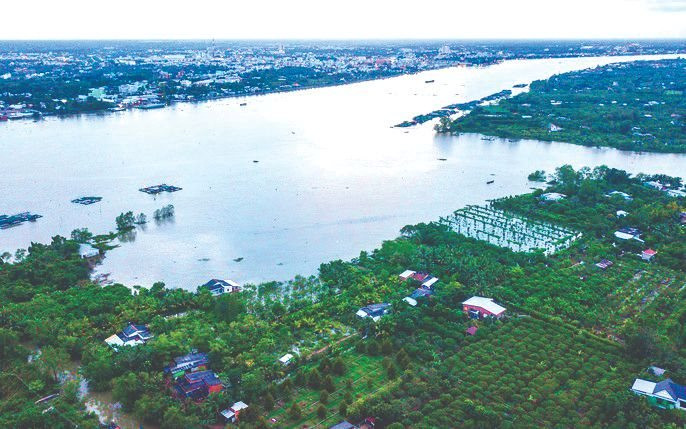
At the end of April 2022, the Ministry of Transport submitted Report 3765 to the Prime Minister for approval of the investment policy of the project “Development of waterways and logistics corridors in the South”. The project has the total investment of over VND 3,900 billion, invested by the World Bank (WB) loan, synchronously renovating river routes and canals through 8 provinces and cities.
It is known that the Ministry of Transport will implement an investment project to build a navigation way for large vessels from the sea to Hau River in phase 2; studying and building Tran De Deep-water Port in Hau River’s mouth; improving Tien River’s navigation way; upgrading Cho Gao Canal and gradually forming container terminal system throughout the Mekong Delta to make good use of the water transport in the whole region.
Those are the insights from the specific projects, aiming at synchronization, linkage, logistics cost reduction and competition ability improvement in the Mekong Delta’s goods. It is also of urgent significance, fulfilling Vietnam’s international commitment to “reducing global methane emissions”.


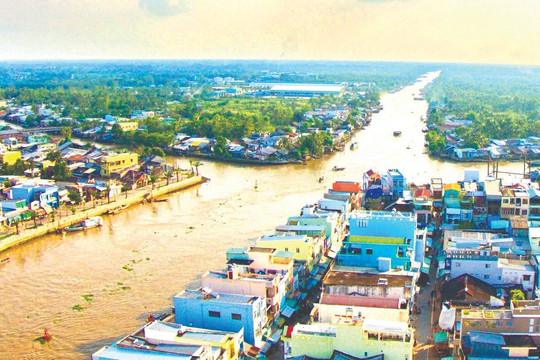
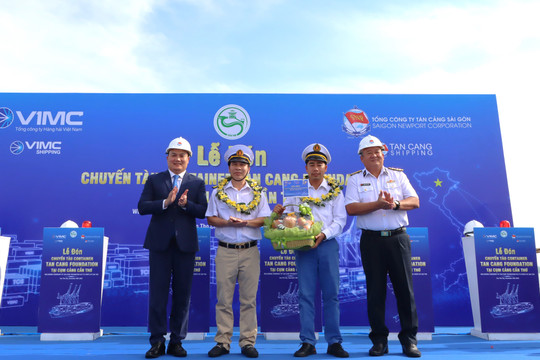
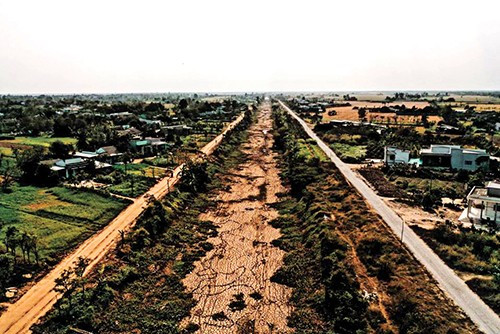
.png)
.png)
.png)


.png)
.png)





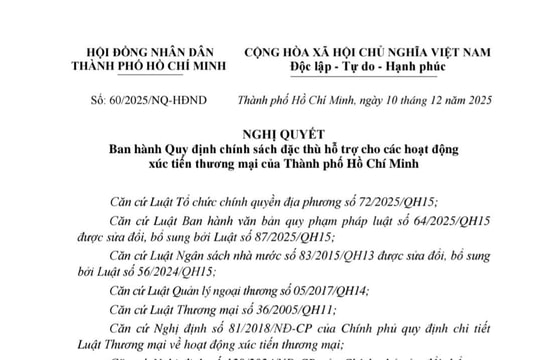
.png)

